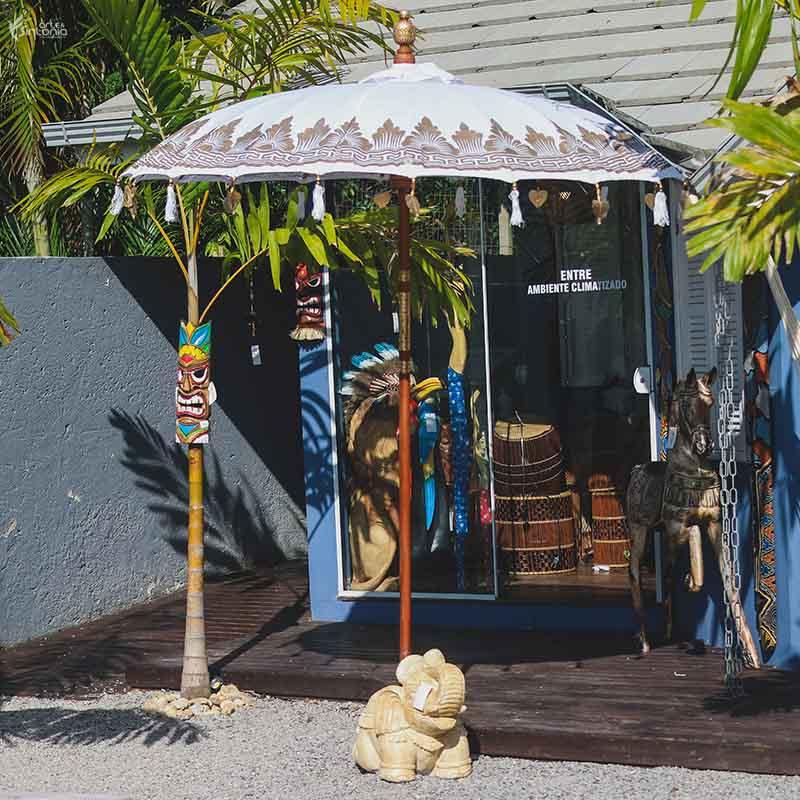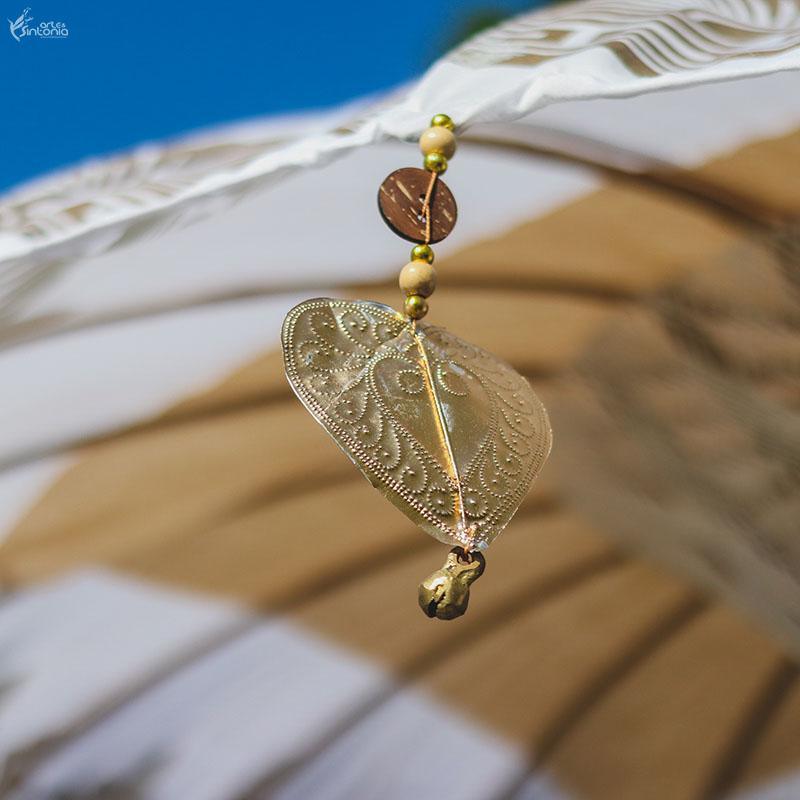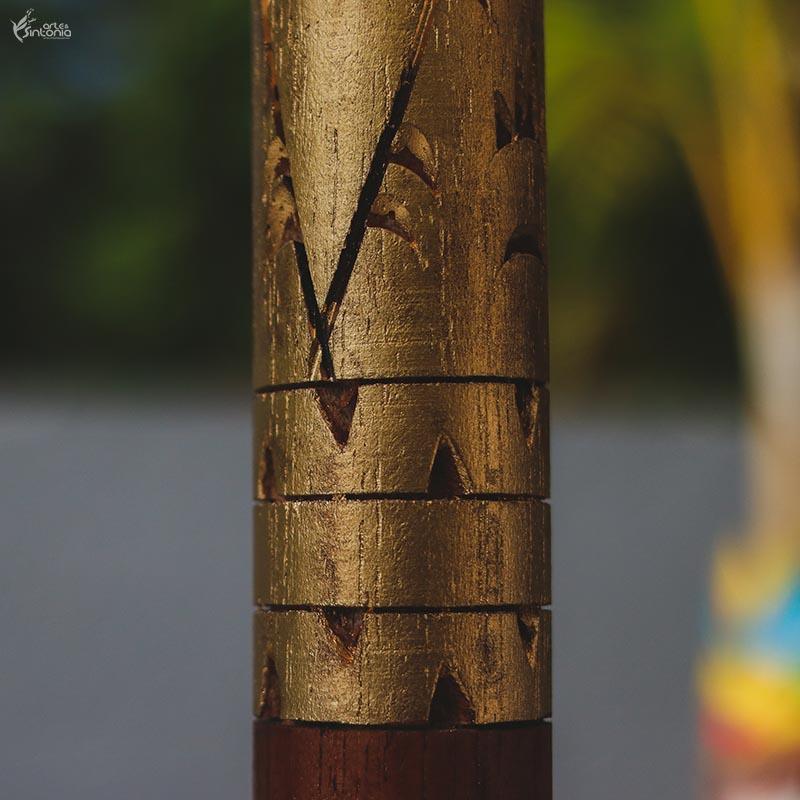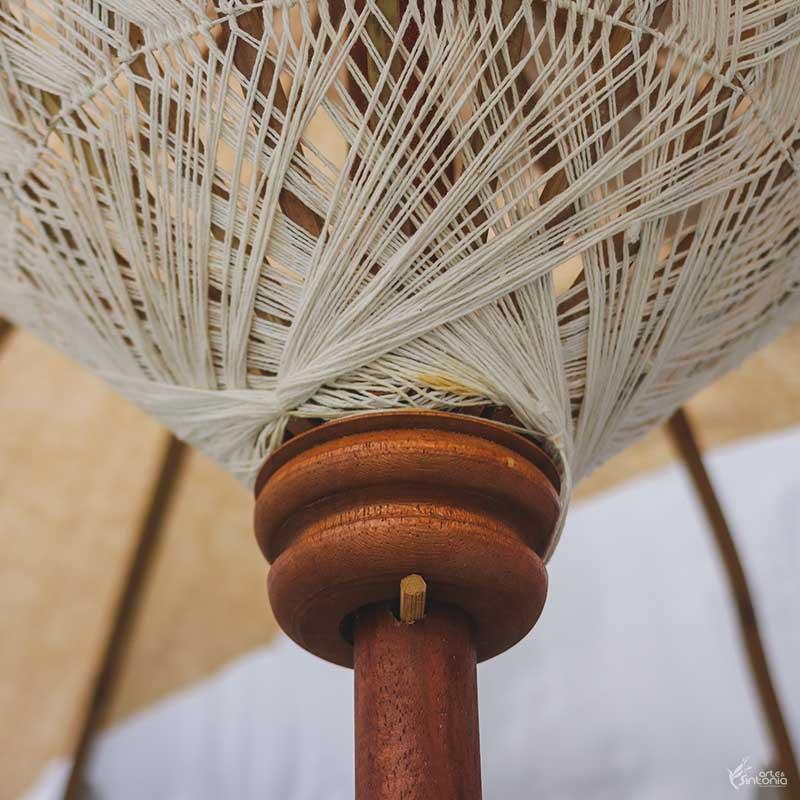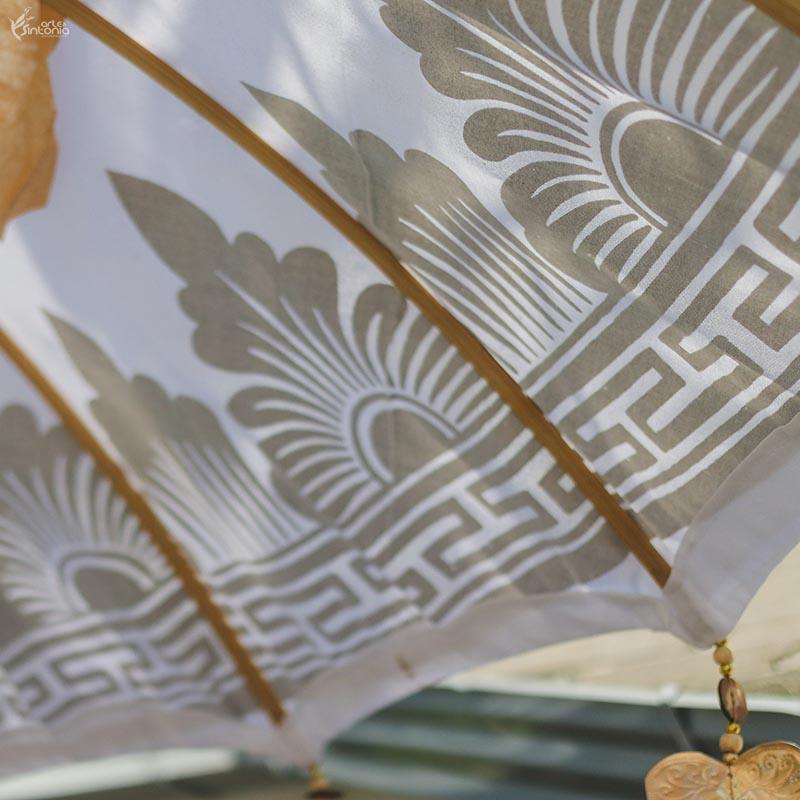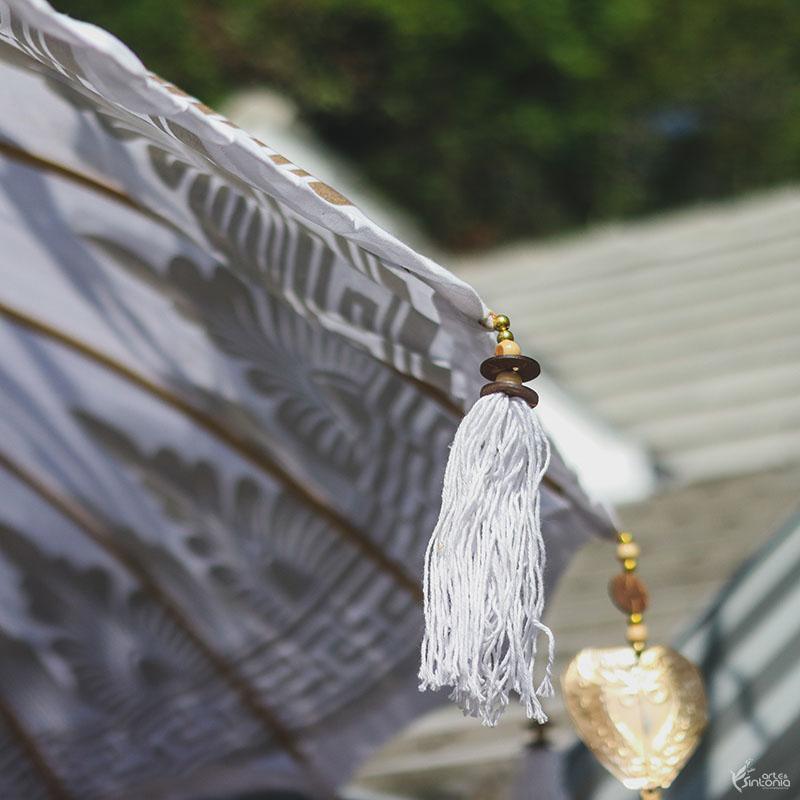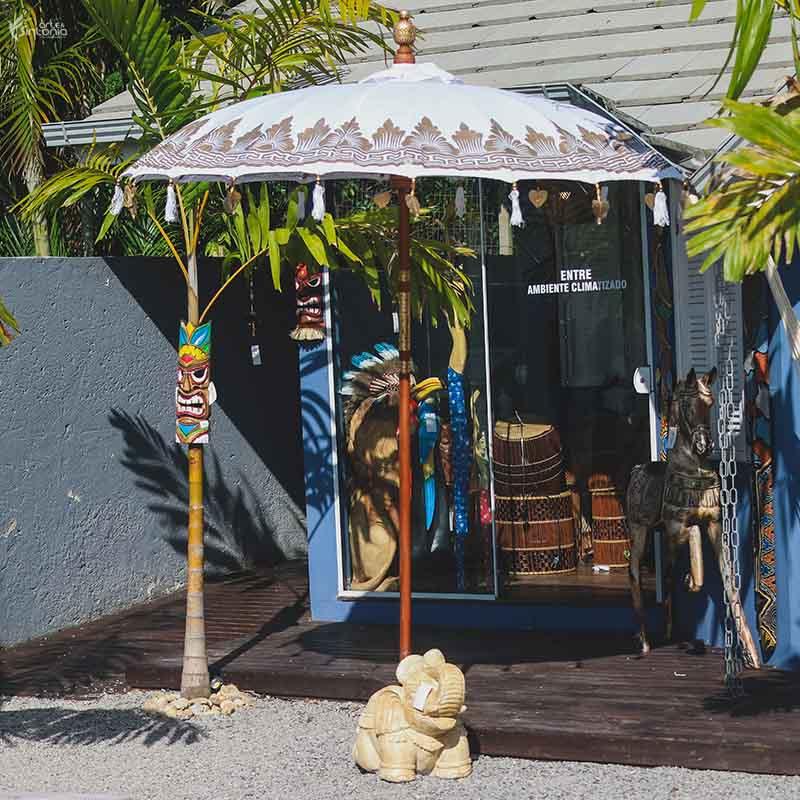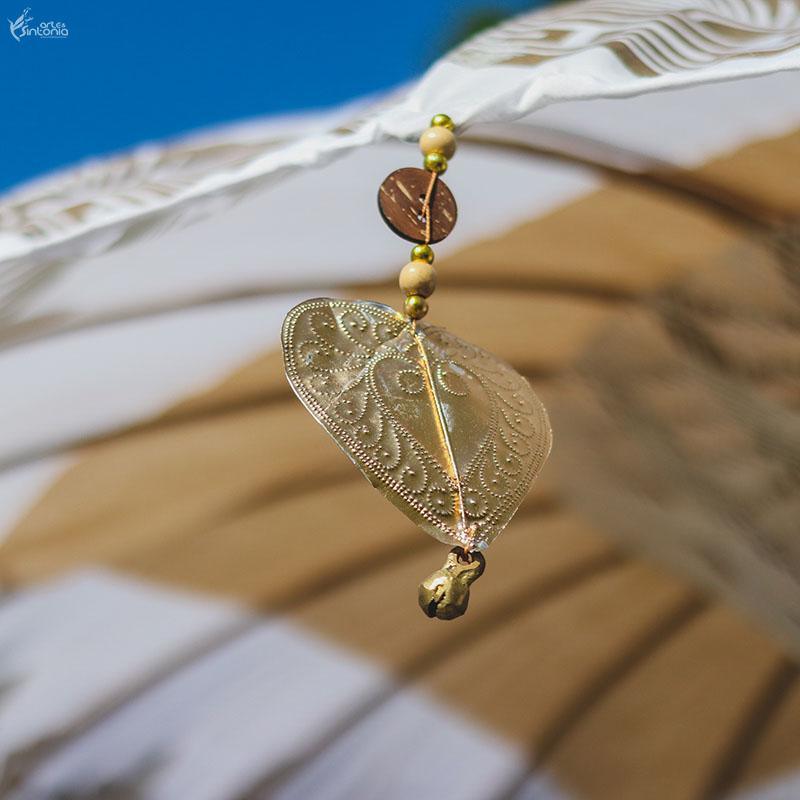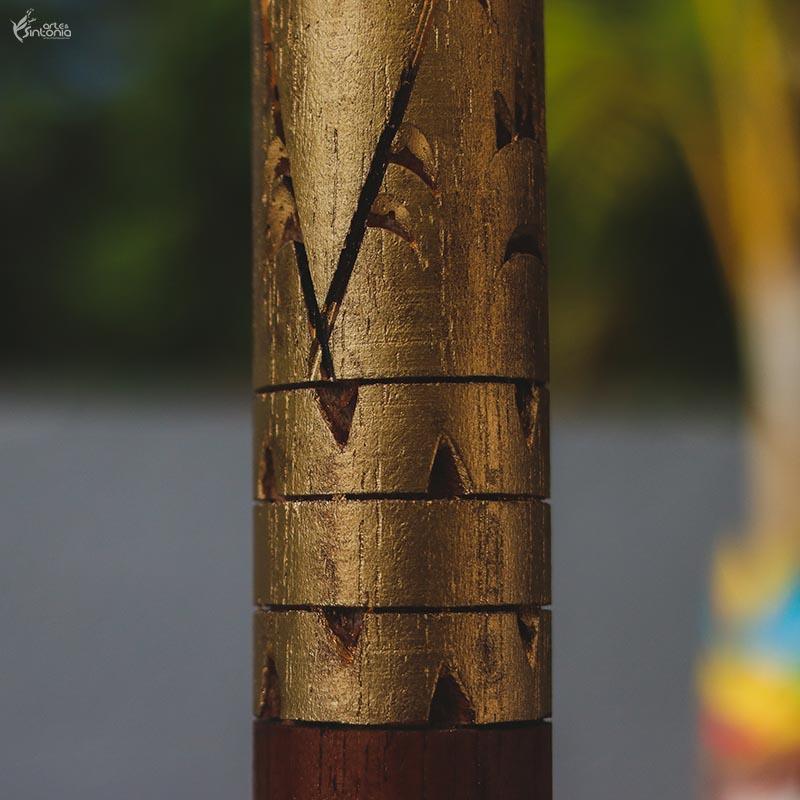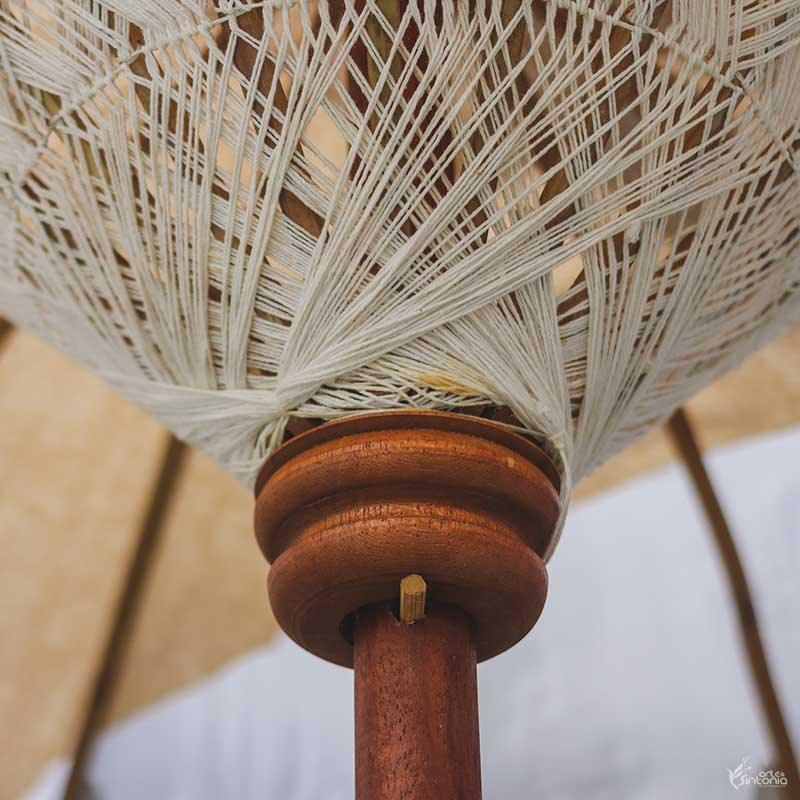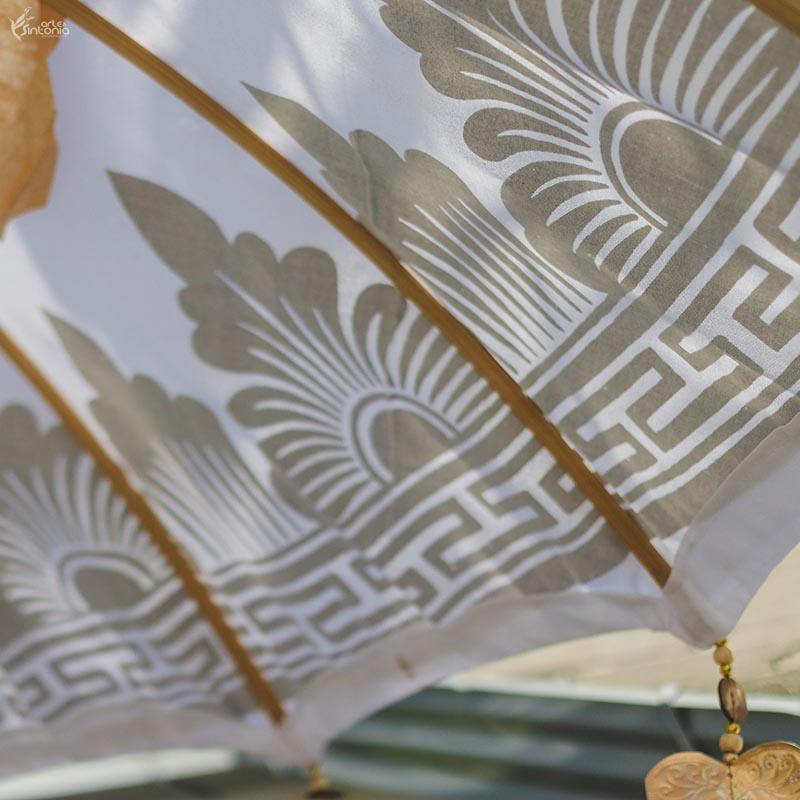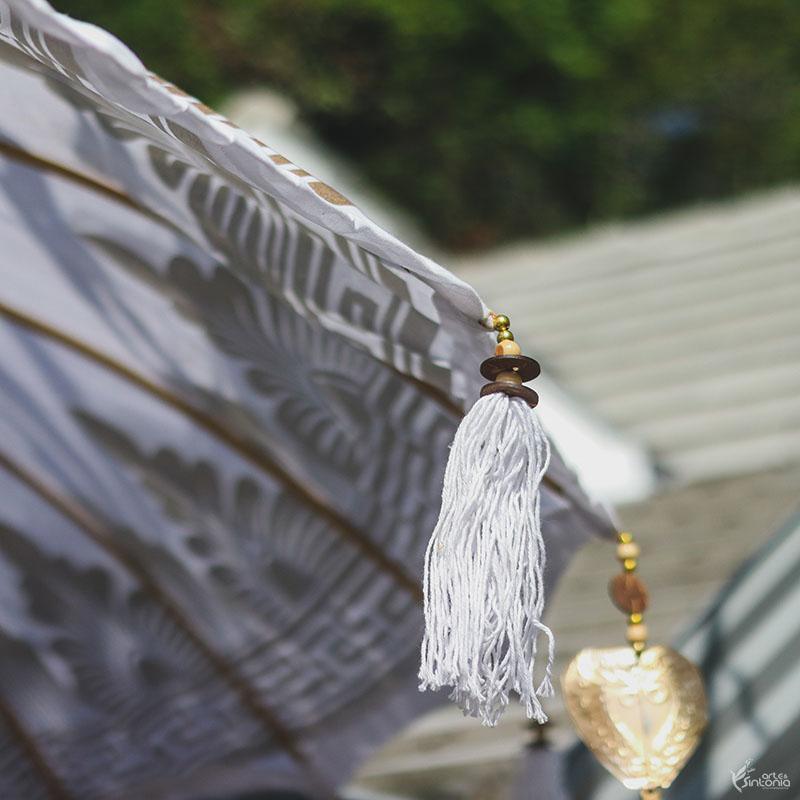Balinese wooden parasol
UMB1-22
Couldn't load pickup availability
This white parasol takes its influence from the traditional Balinese umbrella called Tedung or Pajeng in style.
The accessory is a reinterpretation of the Japanese parasol, present throughout Eastern culture, which, as well as in India and China, was introduced in Indonesia (from Java), through commercial activity with the Chinese during the 13th century. It has become a key element in Bali's sacred ceremonies and is constantly seen in Hindu temples and shrines.
Tendung derives from the word “tedun” which means “to descend”. She alludes to the fact that the gods are greeted and evoked by descending to earth during Balinese ceremonies such as Melasti, of purification. The Balinese parasol is classified into two types: Tedung Agung and Tedung Robrob, which differ in the type of ornamentation at the ends. The first is decorated with a colorful fabric called Ider-ider, while the second is adorned with wool balls.
The piece is handmade by the Balinese craftsmen (undagi), especially from Mengwi and Klungkung, using local woods and handmade cotton fabrics, in addition to customizing the structure with laborious arts such as carving and artistic painting. The choice of color is another significant feature and reflects the nature of the ceremony in which it is used. The white parasol, for example, is called Poleng and symbolizes harmonization (Rwa Bineda), in connection with Shiva, the Hindu god of destruction.
This Umbrella / Ombrelone handmade from Bali breaks with the apparent simplicity and functionality with more spiritualized symbologies in order to make the garden decoration more authentic.
Part Size:
Height 200cm x Diameter 173cm
Does not come with base.
